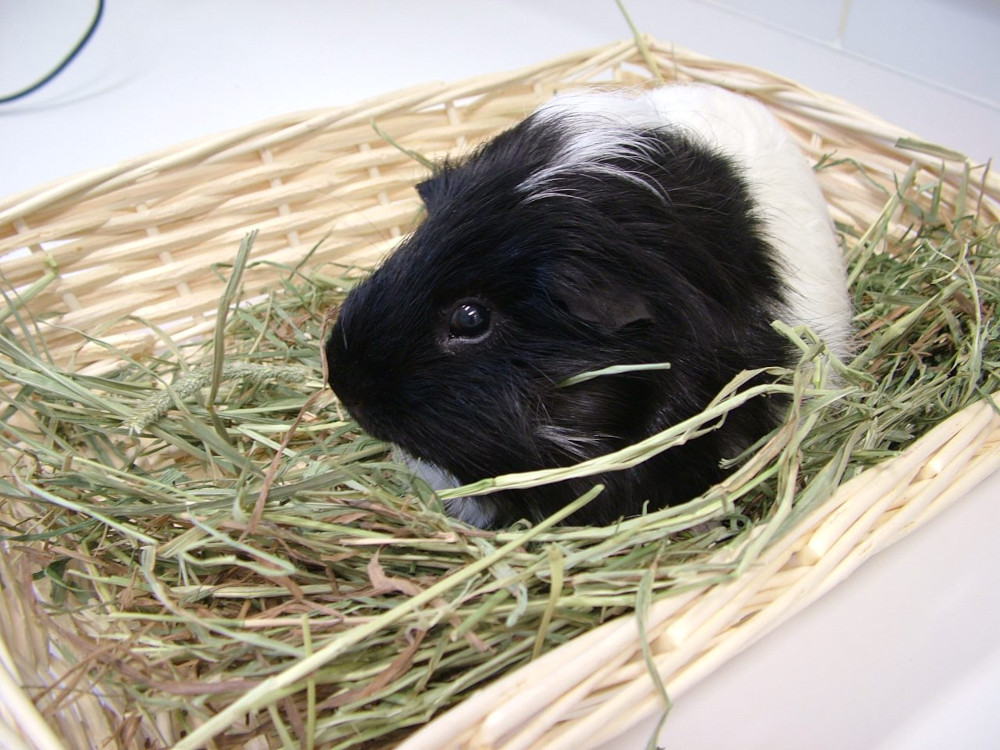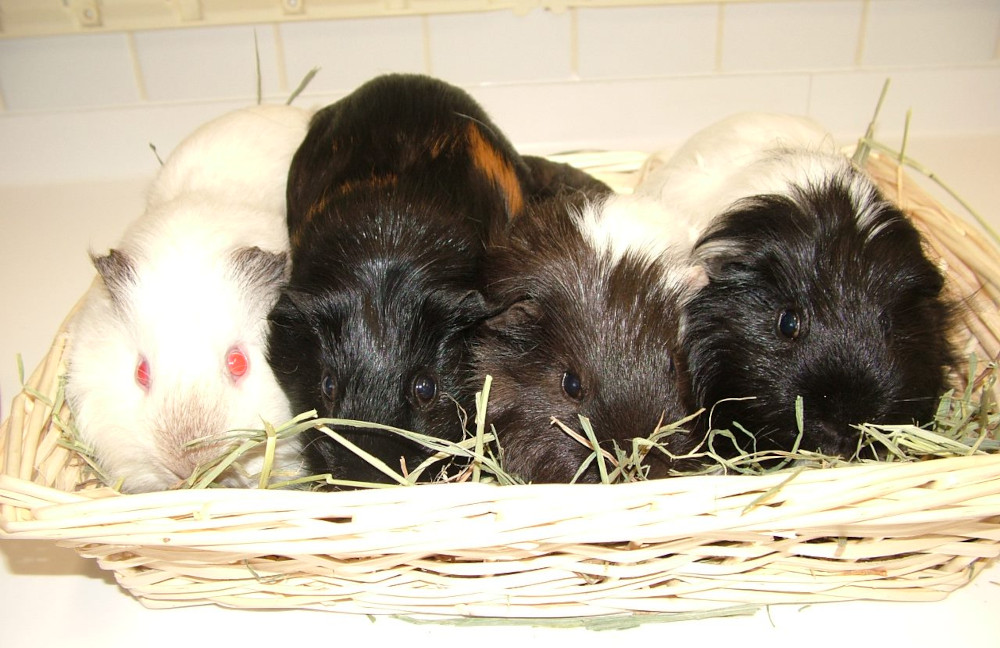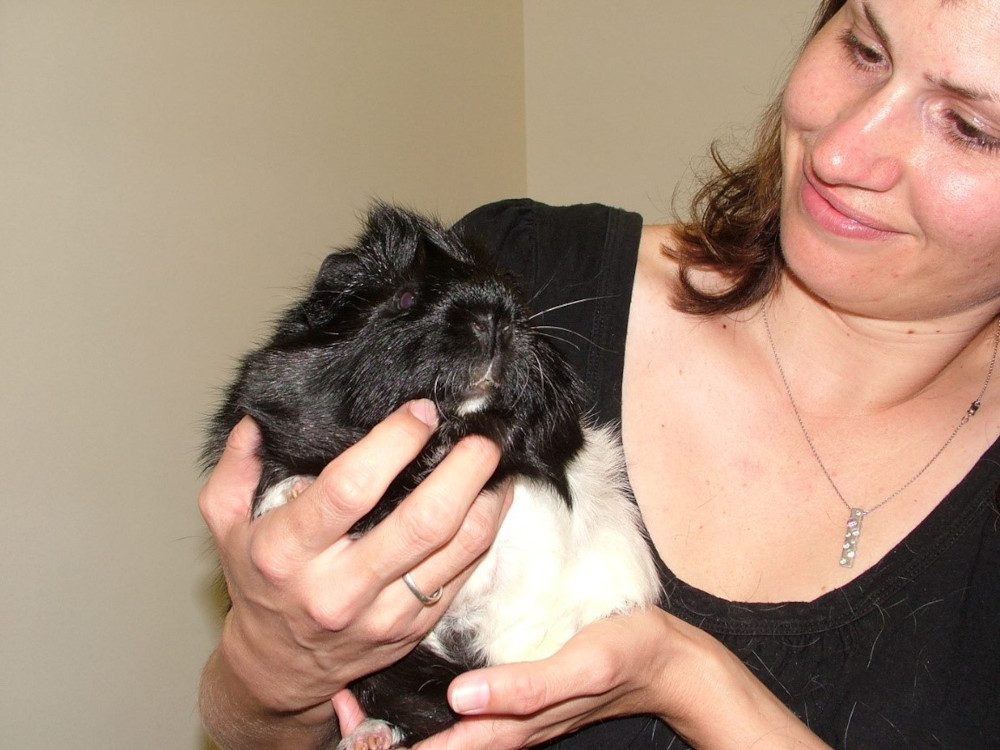Guinea pigs are incredibly gentle animals and can be a great animal companion for families, but they are a social species and need to be kept with other guinea pigs. In their natural habitat, they live in herds and communicate frequently with each other with sounds and body movements. Your guinea pigs should be kept in groups of at least two individuals. Social interaction with other compatible guinea pigs is beneficial to their health and welfare; lack of this interaction is stressful and detrimental to their physical and emotional health.
It is important to socialise your guinea pigs with other guinea pigs and people to ensure they don’t become shy and distressed.
Social interactions with other guinea pigs
It is important for your guinea pigs to live in stable social guinea pig groups. They should be socialised early in their lives so that they learn and develop the social skills they need to function well within guinea pig social structures.
New animals should be carefully introduced (after a period of quarantine to ensure they are not harbouring any infectious diseases) and monitored for aggressive interactions. In particular, male guinea pigs are more likely to tolerate one another without fighting if they are introduced at a young age or are both desexed. Try to set things up in advance of the introduction, by using a neutral or freshly cleaned and disinfected cage, with plenty of fresh bedding and some treats in different corners. Put both guinea pigs in at the same time and let them look for the treats. If they fight, remove the aggressor, and leave the other one in the cage; try again a day later.
Once guinea pigs have formed social bonds, these guinea pigs should not be separated if at all possible. Even if one guinea pig needs veterinary treatment, ideally at least one of their guinea pig family members should stay with them, as this helps to reduce their stress thereby helping them to cope better.
They need regular opportunities to play with other friendly guinea pigs or people. They also need constant access to safe hiding places, such as pipes and shelters, where they can go when they want to be alone, hide, or escape if they feel afraid.
Socialising with people
When guinea pigs are comfortable in their environment, they can be very sociable with people.
In your guinea pigs’ enclosure, make sure there are lots of hiding spaces where they can feel safe, along with comfortable bedding to keep their stress levels low. When you handle your guinea pig, holding them in a small blanket or towel can also keep them feeling safe and hidden while getting used to you.
Guinea pigs do well with routine. Try to set multiple socialising times throughout the day so they start to know the routine of when you will be interacting with them. Consistency is important, but you should also allow them to choose when they want to interact. Make sure you allow them the choice to come see you and a way to get away if they want to. You never want to force a guinea pig to interact; you want to make all your interactions positive ones.
It’s important to always speak to your guinea pig in a friendly, calm voice. When you’re handling your guinea pig, or when they choose to come near you, make sure to reward them with treats, such as parsley. Feeding them out of your hand can increase positive association with you, so start by slowly offering hay or a vegetable from your hand. If they continue to be shy, you can gently toss a little treat their way. Rewarding interactions and being patient will help you gain their trust.
When correctly socialised, guinea pigs can be a cuddly, loving addition to your family.

1. Guinea pigs should not be kept by themselves.

2. They do much better in small groups of compatible guinea pigs!

3. Guinea pigs socialise well with people if they are comfortable and used to positive interactions with humans.
References
Gut W, Crump L, Zinsstag J, Hattendorf J, Hediger K (2018) The effect of human interaction on guinea pig behavior in animal-assisted therapy. Journal of Veterinary Behavior 25:56–64
Bays T, Lightfoot T, Mayer J (2006) Exotic pet behavior: birds, reptiles, and small mammals. Saunders Elsevier, St. Louis, Mo.
